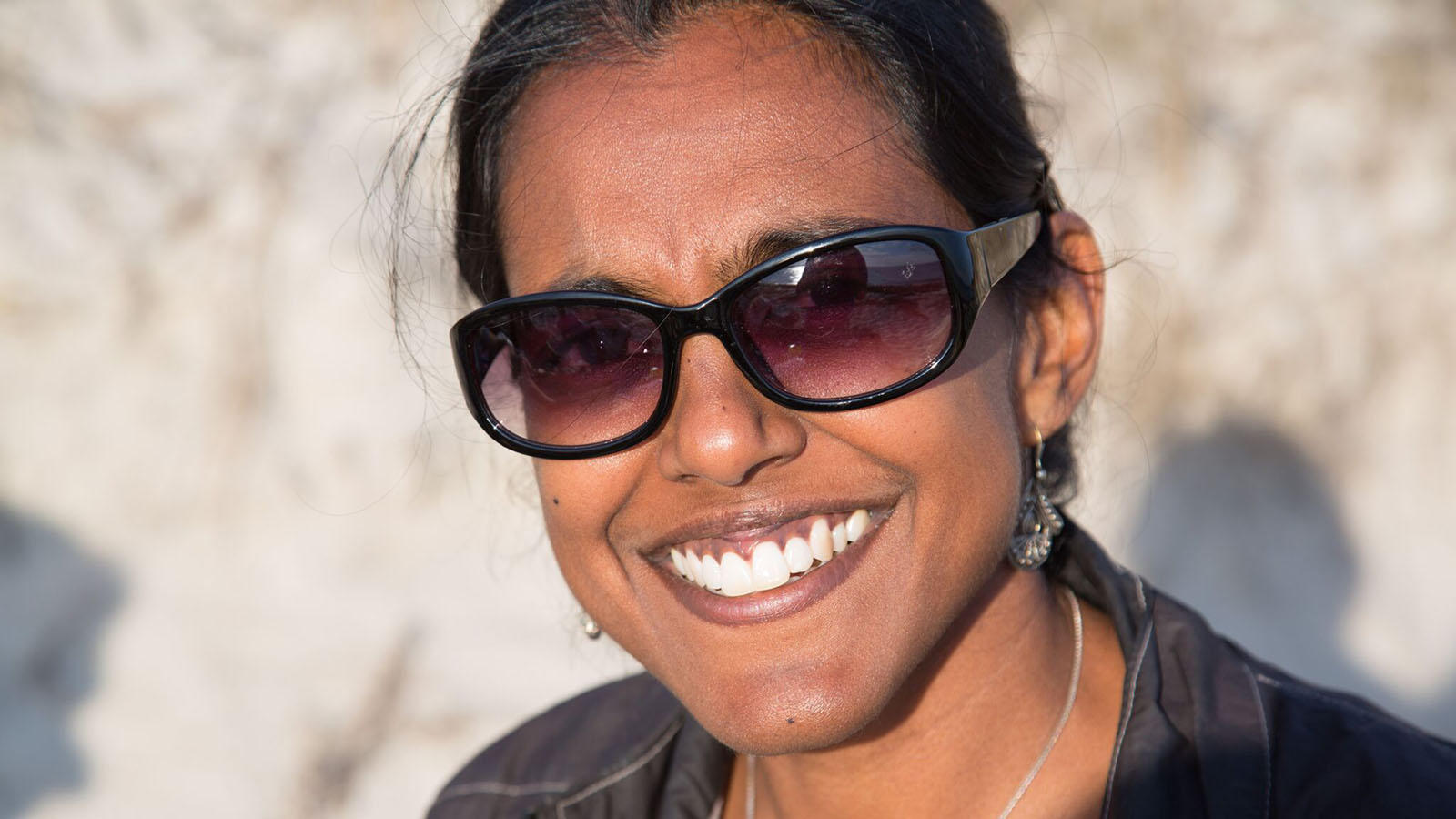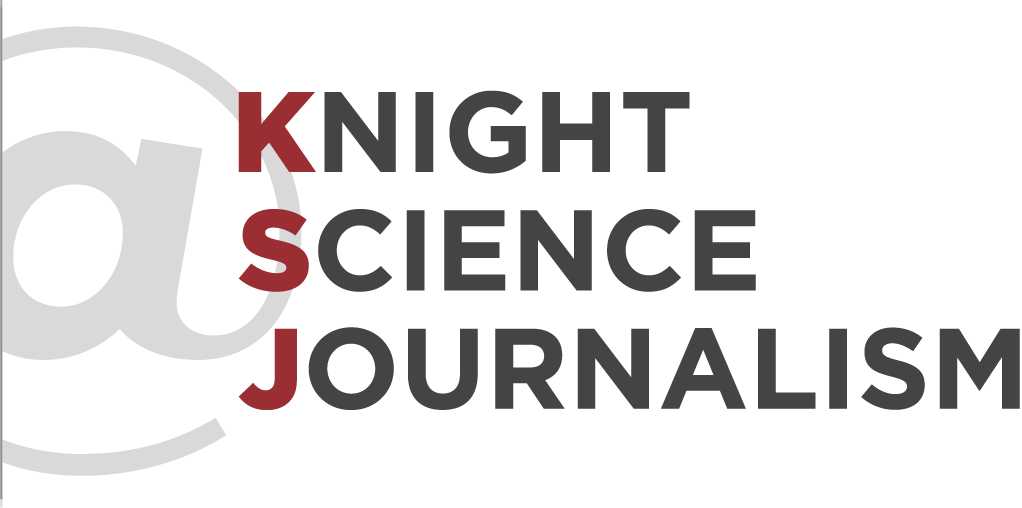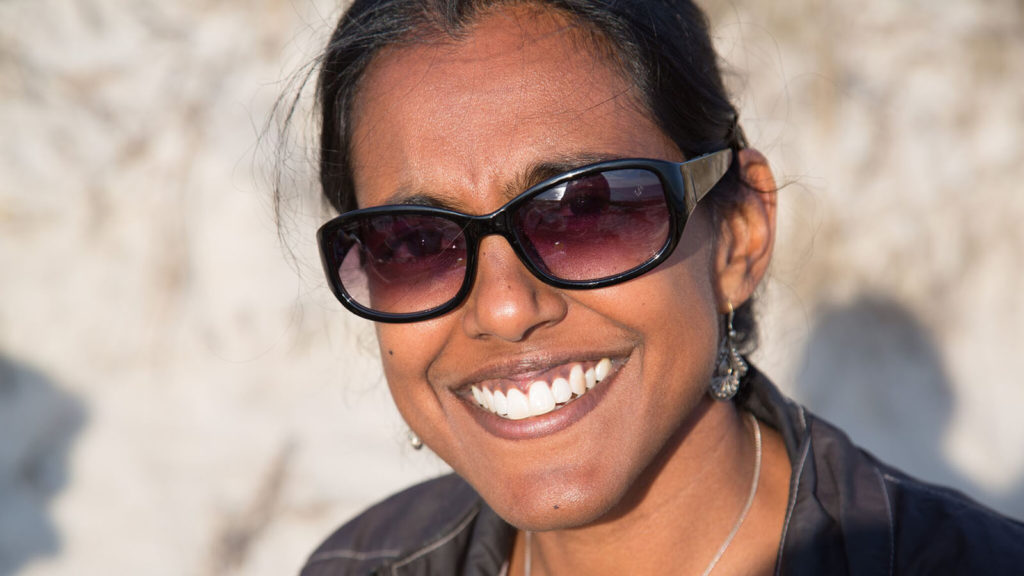
This is the eighth in a series of profiles of the 2017-18 Knight Science Journalism fellows, written by students in MIT’s Graduate Program in Science Writing.
Years before Sujata Gupta knew she wanted to be a science writer, disheartened by a micromanaging editor and unsure of her next career move, she fled her native upstate New York for Hawaii, spending part of her 20s living in a tent among runaways and fugitives.
Originally chasing a job at a newspaper in Molokai, she instead found herself working on an organic pineapple farm on Maui, making smoothies by day and freelancing from her tent at night.
“If you go to Maui as a tourist, you see one way of life,” she says. “But there are all these people in Hawaii who are fleeing life, law, family. They are just running, which I guess I was doing, from reality.”
Gupta remembers her brief escape from reality with retrospective humor, recalling stories of escaping a rat hole (“literally”), being bitten multiple times by centipedes (she still has the scars), and using a machete to chop open coconuts (she miraculously still has all 10 fingers).
But if her time on the island was marked more by squalor than by tropical splendor, it did end up playing a formative role in her career as a science writer. After the pineapple farm she landed a job with the Hawaii Natural History Association, giving guided tours on indigenous culture. There she gained a greater appreciation of ethnobotany, the intersection of people, plants and culture, which has remained at the forefront of her work ever since.
Moving to the mainland but still pursuing this passion, Gupta worked as a park ranger at Mojave National Preserve in California, then at Acadia National Park in Maine. Shortly afterward, she earned her master’s degree in science writing from Johns Hopkins University and subsequently completed an internship with New Scientist in San Francisco. From there she focused her freelance career on writing about issues related to food, ecology, and health for publications like The New Yorker, Nature, Scientific American, and Wired.
Now in her 30s, she has traded in her venturesome challenges for more domestic ones, including, over the summer, choosing between day-care centers in Cambridge for her 2-year-old daughter and sending her 5-year-old son off to kindergarten. “I know I’m going to cry,” she lamented back in September.
During her nine-month Knight Science Journalism fellowship, Gupta plans to try out innovative ways of communicating science to children (and maybe adults) by embedding science concepts in children’s stories, both nonfiction and fiction. She hopes to reach individuals across the learning spectrum.
She also plans to hone her photography skills, which she says she shelved after high school, and refine her multimedia skill set to create an online component to a children’s book.
As for returning to Hawaii, Gupta says she’s ready: “I really want to go back now. Everyone’s like ‘You want to write about Hawaii, that’s just a joke.’ But I really want to write about issues in Hawaii. Racial, environmental, it has it all.”





Leave a Reply